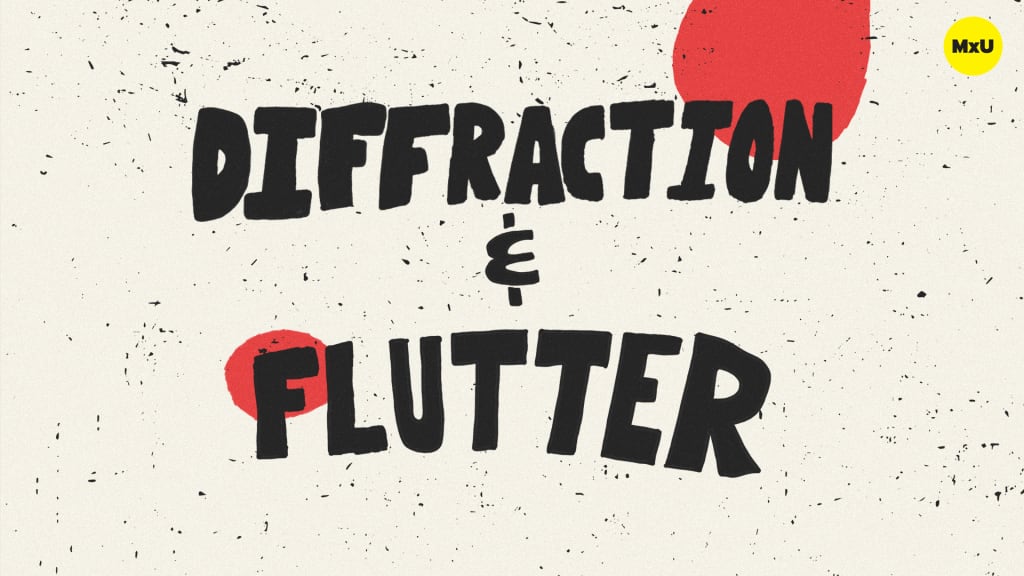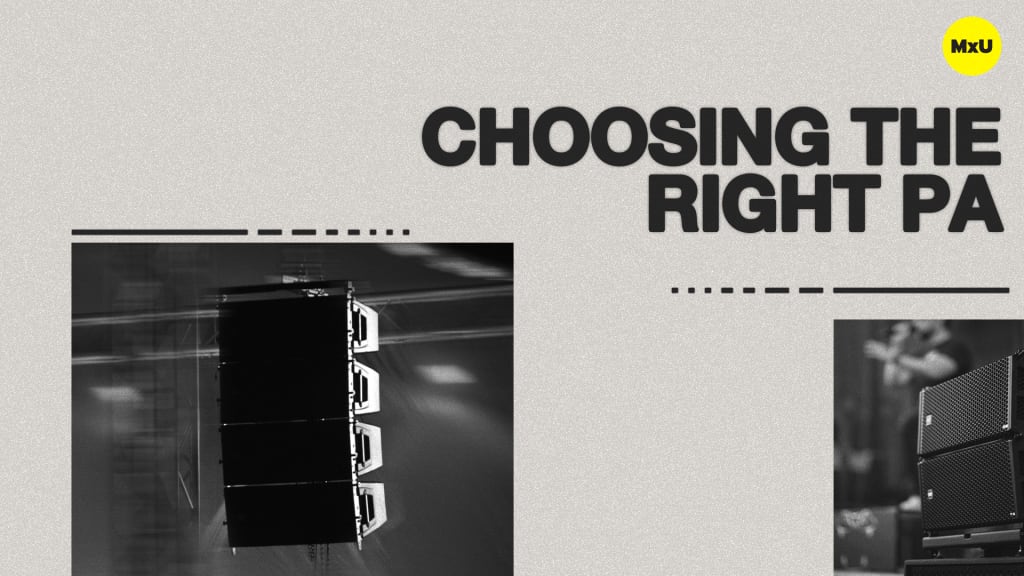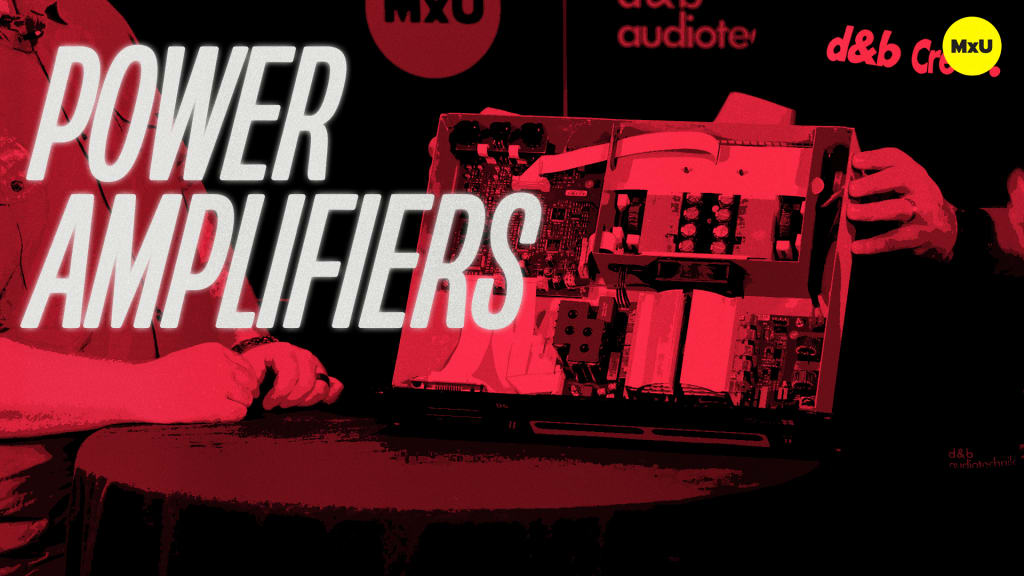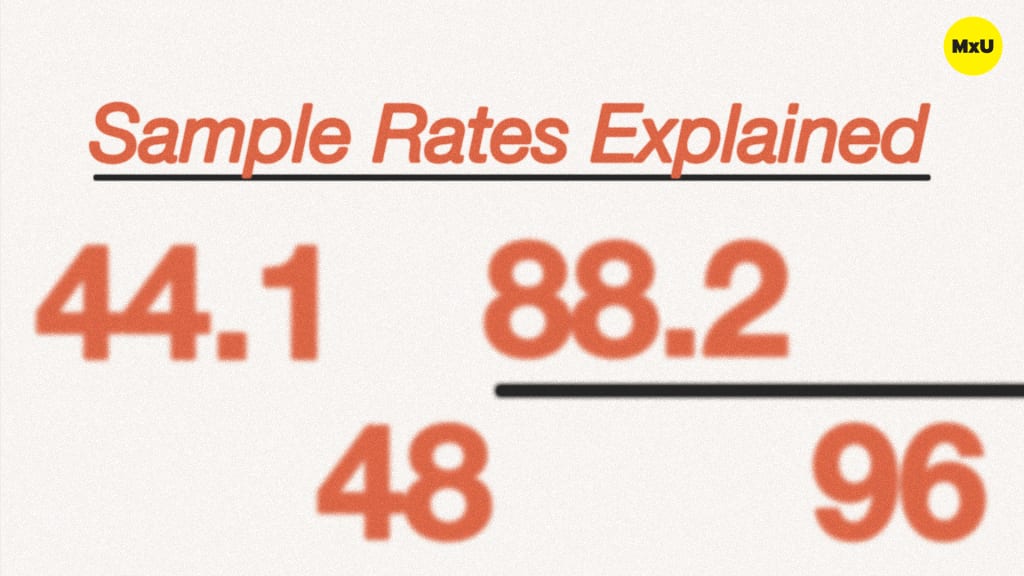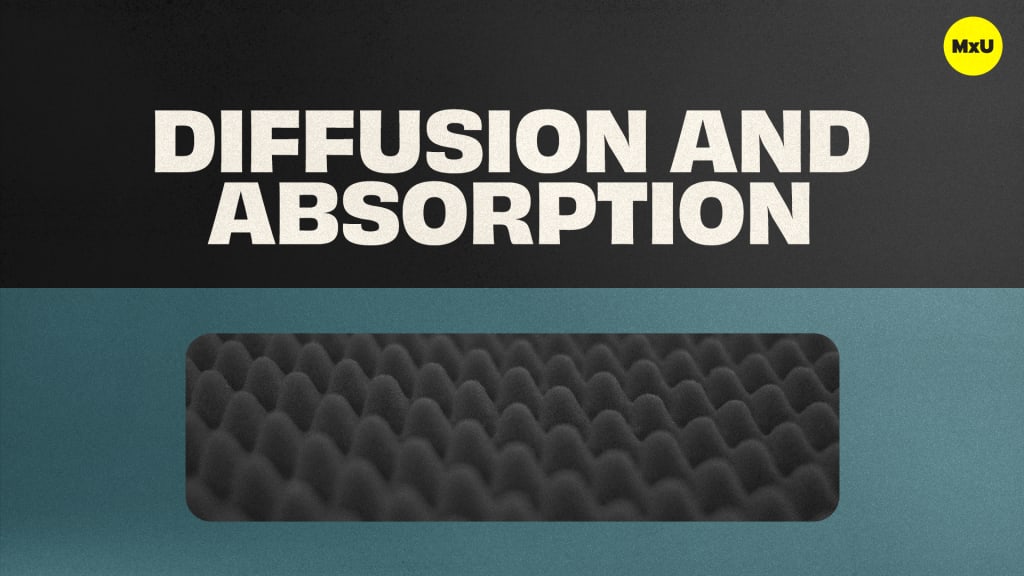Room Modes and Reflections
No actions available
When mixing sound, we cannot forget to consider the affect a space or room has on that sound. In this video, Jeff and Charlie explain the difference between direct and reflective sound, dive into the three types of room modes, and cover how both reflection and room mode affect sound wave behavior.
Key Points:
Key Points:
- No matter what environment you are in, whether studio or live, the space you are in will affect the way sound waves behave.
- There are two primary ways a sound wave behaves when produced:
- Longitudinal waves: When a sound wave is moving parallel to the movement of a sound source this is called a longitudinal wave. (For example: A drum head moves up and down when struck. The sound waves produced move parallel to the movement of the drum head.)
- Transverse waves: When a sound wave is moving perpendicular to the movement of a sound source this is called a transverse wave. (For example: When you stroke a guitar string, the string moves up and down but the sound moves out, perpendicular to the movement of the string.)
- When the sound leaves the primary source, it is called the direct sound. Once the sound enters and starts interacting with the room you will start hearing the reflections of the sound, or the bouncing of the sound off of the objects in the room or space.
- RT60 is a term that is used when determining how long it takes for the reflective sound to drop by 60 dB. That is the point where you can determine the decay time for a reflection.
- Reflection is a huge challenge when mixing in any space. One thing that has to be considered when dealing with reflection is phasing. Depending on the room and how the sound is interacting with the space, you may run into undesired phase issues.
- There are three different types of reflections or room modes: axial, tangential, and oblique.
- Axial: Cover two surfaces of a reflection (Ex: two walls)
- Tangential: Covers four surfaces of a reflection (Ex: two walls, floor and ceiling)
- Oblique: Covers all six surfaces of a reflection (Ex: four walls, floor and ceiling
Pro Tip: When treating any room, you will want to address the axial modes first. Axial modes tend to be the most problematic and retain the most energy as they reflect. The RT60 will be much slower in axial modes than in any other mode.
Categories
Audio
101
Team Videos
Premium Videos
Nothing added

